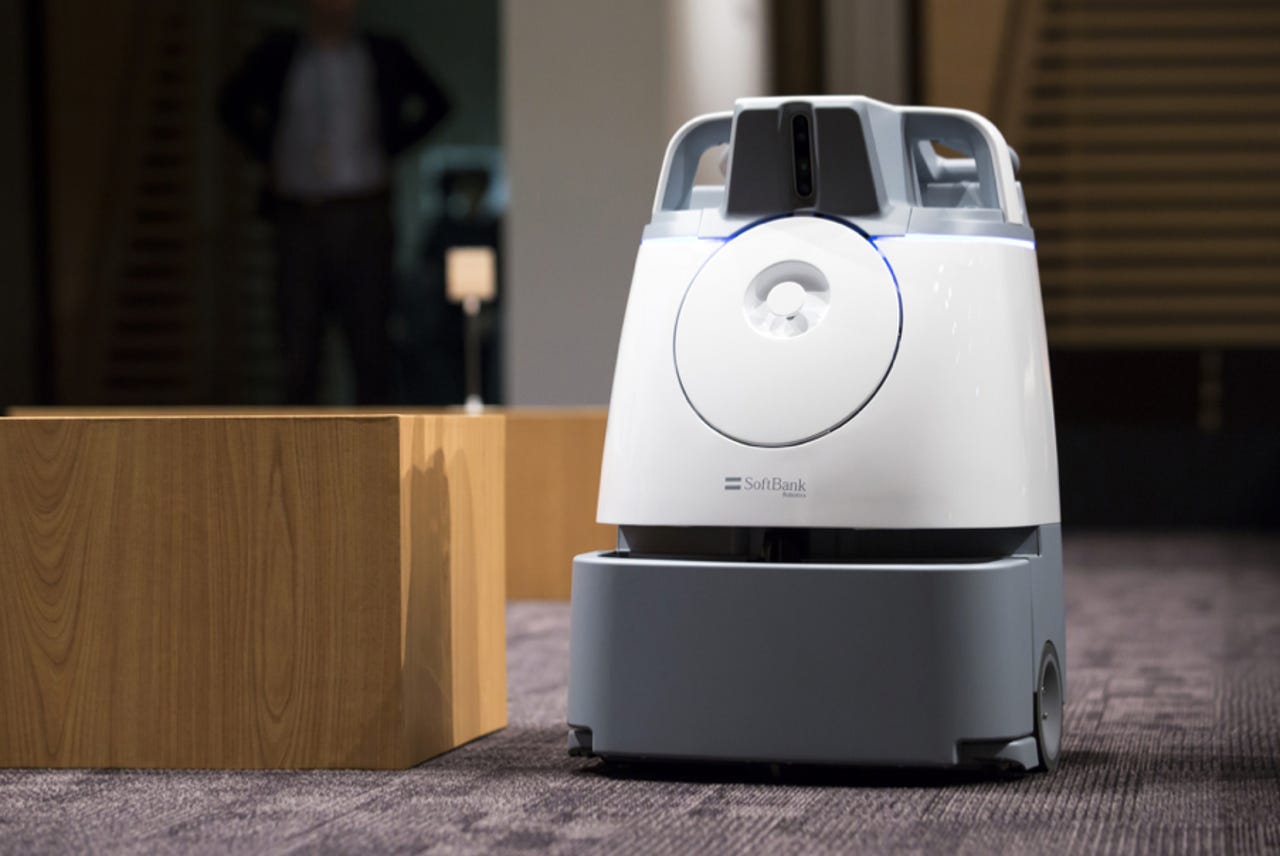Cleaning machine: SoftBank brings AI to a dirty job


Robotics
Japanese conglomerate SoftBank has unveiled a new robot designed to clean commercial floors. Called Whiz, the robot is being touted by the company as a potential remedy to Japan's chronic labor shortage.
SoftBank also makes Pepper, a helpful humanoid used in retail environments.
The company looked internationally for its development and manufacturing this time out. The robot's body will be manufactured using Chinese parts, and San Diego-based Brain Corp, an AI company that develops self-driving technology for robots, is powering autonomous capabilities for Whiz.
Also: 5 things to know about soft robotics TechRepublic
Brain Corp received just north of $100 million in funding from SoftBank's Vision Fund in 2017, but this represents the first-time Brain Corp has entered the Japanese market. It's a feather in the cap for a young company hoping to drive autonomous navigation for the world's rapidly growing fleet of mobile robots.
"This effort with SoftBank Robotics represents an important milestone in our company's development," says Brain Corp co-founder and CEO, Dr. Eugene Izhikevich. "BrainOS is now powering numerous robots of different sizes and use cases, thereby proving that BrainOS has the capability and flexibility to effectively automate any mobile machine."
According to Izhikevich, SoftBank's cleaning robot platform might also serve as a stepping stone for additional small-scale autonomous robots.
"This vacuum's robotic drive system can be leveraged by Brain Corp's partners to create additional BrainOS-powered robots in applications like delivery, security and healthcare, just to name a few. We look forward to continuing to work with SoftBank Robotics and extending the reach of BrainOS into Japan and around the world."
Also: Misty the adorable robot just wants to be your friend CNET
The robot defines its working space using a bevy of sensors, including lasers and a 3D camera. It can clean about 1500 square meters on a single charge, which lasts about three hours.
The robot will be available "as-a-service" starting in 2019. Enterprise customers will pay about $230 per month for each unit.
Beep Boop Bop: A brief history of robots, Part I
Previous and related coverage:
Robotics in business: Everything humans need to know
An executive guide to the technology and market drivers behind the $135 billion roboticsmarket.
Living Machines: A quick history of robots (Part I)
Wanted: Robot life coach (no, really)
The unique job is a hint of what's to come as robots increasingly join us in the human world
Gorgeous robots made of high tech paper are mesmerizing